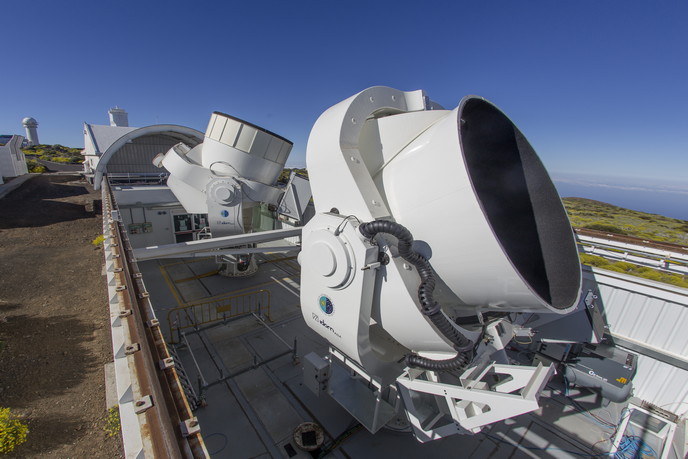Revelations from the greatest particle acceleration in the universe
According to our current understanding, the universe was created 13.8 billion years ago, nearly instantaneously, in an event now called the Big Bang. An infinitesimally small, infinitely hot and dense ‘singularity’ occurred that expanded and cooled very rapidly in far less than fractions of a second. Understanding what happened during that rapid inflation will provide a window on physical processes and energy scales (magnitudes) of relevance to numerous fields of scientific endeavour. However, the clues the Big Bang left behind are hidden in ‘noise’ generated by our cosmos over billions of years. An EU-funded consortium working on the RADIOFOREGROUNDS project set out to characterise an important component of this noise. Doing so will enable scientists to remove it from observations, thus revealing the remnants of the Big Bang and the birth of our universe. Foreground versus background According to project coordinator José Alberto Rubiño-Martin, the Big Bang provided “…the primordial seeds for the formation of all structures that we see in the cosmos nowadays … Cosmic microwave background (CMB) is the relic light that was present in the infant universe and that we can now detect in microwaves.” Scientists are particularly interested in a subtle twist in the orientation of light associated with CMB known as B-mode polarisation. This B-mode polarisation signal is very small and hidden by the foreground radiation emitted by our own galaxy and intergalactic sources. Rubiño-Martin explains, “A detection of this primordial B-mode signature would open a new window in fundamental physics, at energy scales way beyond the Standard Model of particle physics, …12 orders of magnitude (1 000 000 000 000 times) larger than those achievable with the Large Hadron Collider at CERN. Only using the universe as our particle accelerator can we approach those energy scales.” Teasing out the details Two physical processes producing microwave emission in our galaxy, synchrotron emission and anomalous microwave emission (AME), are key. In both of them, the galactic magnetic field plays a major role. However, polarisation of the synchrotron emission was not well-characterised, and it was unknown whether the AME was polarised or not. AME peaks around 20 GHz, whereas synchrotron dominates at frequencies below 30 GHz. The team combined data from the northern sky QUIJOTE CMB experiment at IAC (10-20 GHz) with nine all-sky maps from the European Space Agency’s Planck satellite (30-857 GHz). In ground-breaking work, scientists produced four state-of-the-art legacy maps of northern sky emission at 11, 13, 17 and 19 GHz. In this way, as Rubiño-Martin explains, “we have provided a detailed description of the polarisation properties of the synchrotron emission. The polarized synchrotron is found to be more complex than originally expected. … In addition, with QUIJOTE we have set the most stringent upper limit to date of the polarisation fraction of the AME, which is found to be almost negligible.” These results are expected to have huge impact on the CMB community and our ability to study the inflation period. RADIOFOREGROUNDS scientists are sharing their developments with publicly available open-source software tools, maps, and foreground models.
Keywords
RADIOFOREGROUNDS, energy, universe, Big Bang, Cosmic microwave background, primordial, anomalous microwave emission, synchrotron emission, Galactic magnetic field, inflation, radiation

